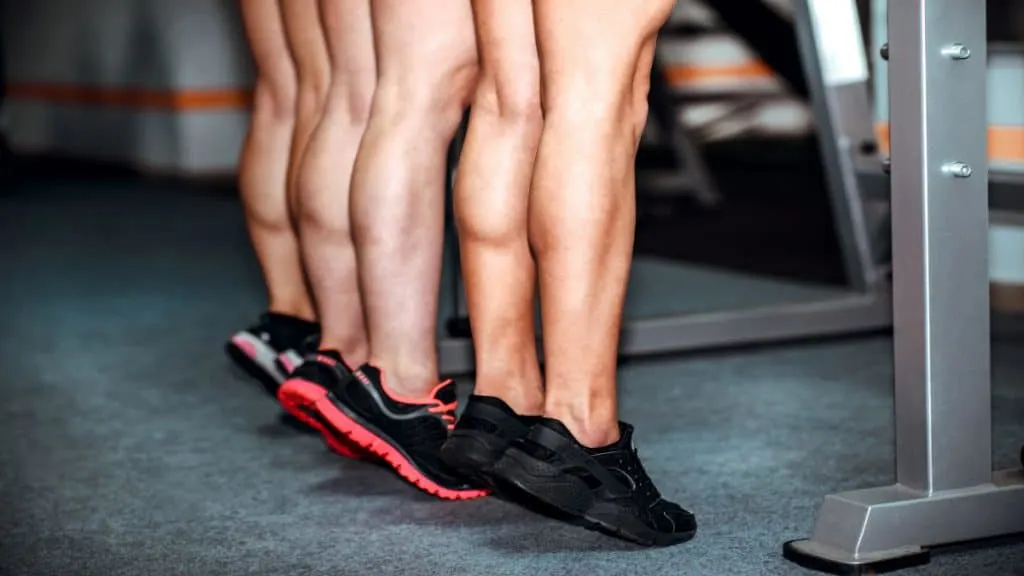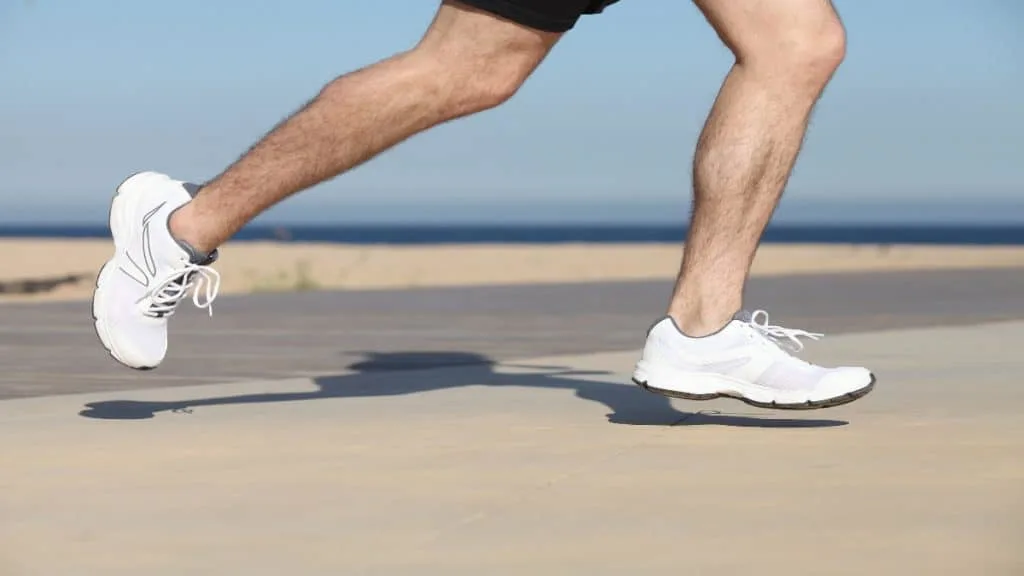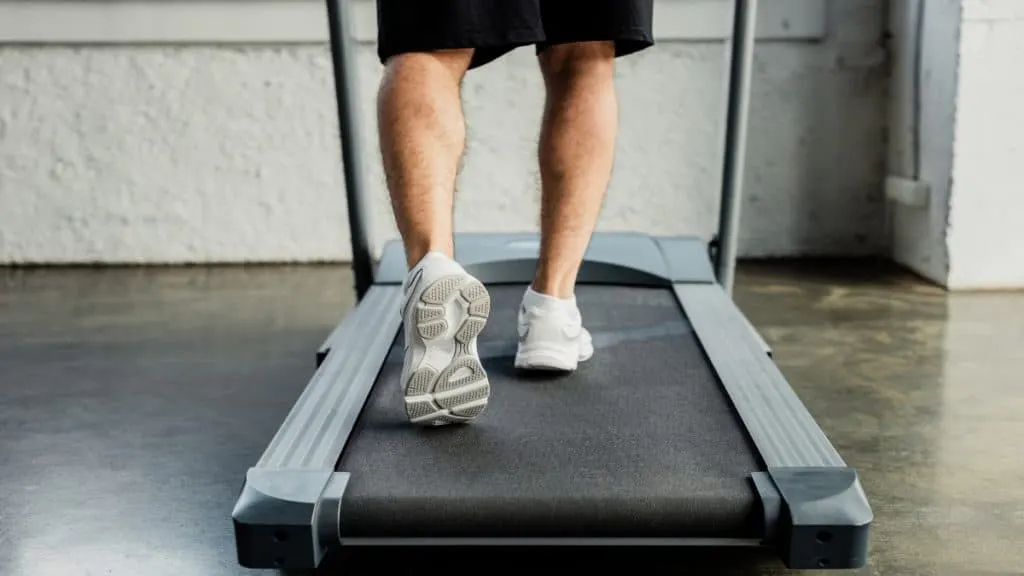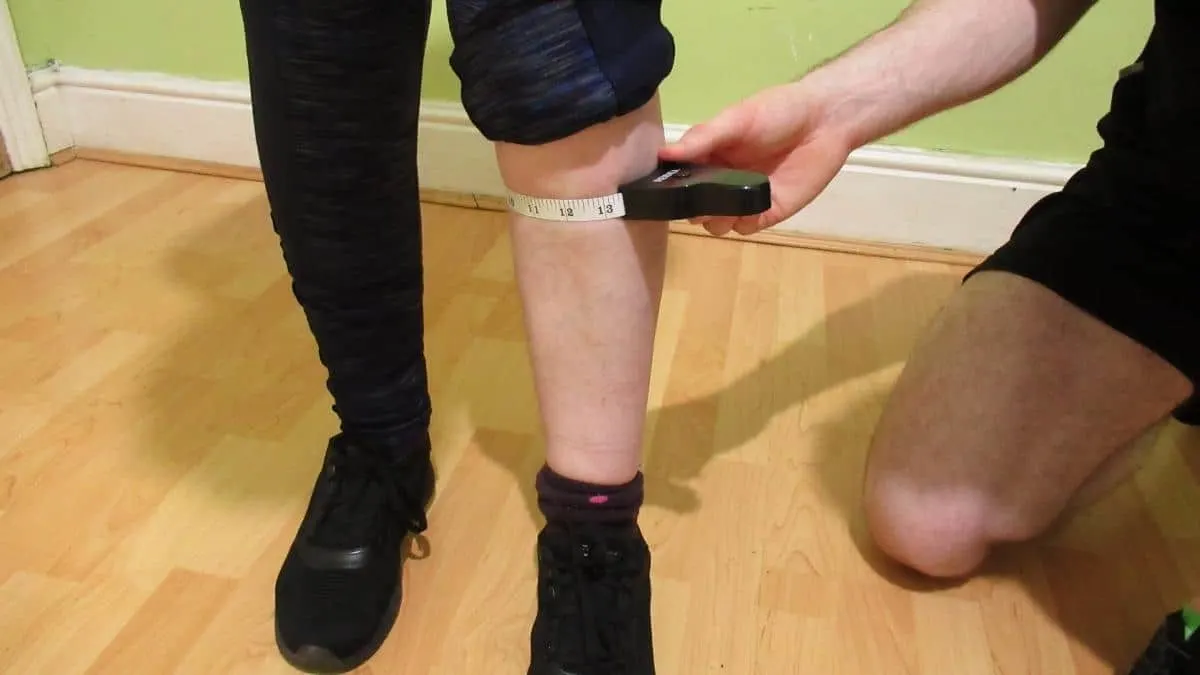Are 13 inch calves big? Or are they right in line with the average calf circumference?
Many people—both men and women—frequently worry about the size of their lower legs. Some folks wish that their calves were slimmer, whereas others wish that their calves were bigger.
However, as you’ll soon learn, there’s nothing inherently wrong with having 13 inch calves providing that they’re not indicative of health problems (such as being underweight or overweight).
How Do Your Calves Compare?
Are 13 inch calves big or not?

Are 13 inch calves big?
According to the data, 13 inch calves and 13.5 inch calves are actually smaller than average by around 2 inches for both men and women. [1]
Of course, having slim calves isn’t bad and is, in fact, a lower body look that many people greatly desire.
While there is no research that examines the relationship between height and calf circumference, it’s safe to say that at an equivalent calf size, the calves of short people will always look bigger than those of tall people because their lower legs are more filled out.
So if you’re short, then chances are that your 13″ calves look normal.
However, if you’re really tall, then your 13″ calves probably look pretty skinny.
What does it take to get a 13 inch calf circumference?

Most people can achieve a 13 inch calf circumference by just going about their daily business.
The calves, you see, respond pretty well to carrying your body weight around as you walk in the park or up the stairs.
Of course, if your calves are bigger than 13 inches and you want to slim them down, then there are a few things that you can do.
First, if you’re overweight, you can decrease your calorie intake or increase your energy expenditure, both of which will help to trigger weight loss. [2]
If you don’t want or need to lose weight but still want to slim your calves, then you can perform less leg-intensive cardiovascular activities like swimming.
Should you try to build your 13 inch calves?

If having 13 in calves isn’t indicative of any health problems, there’s no need for you to bulk them up.
However, if you’re insecure about the size of your lower legs and would feel happier if they were a bit bigger, then training your calves with weights is your best bet for gaining size.
Your calves, after all, are likely already quite well adapted to low-level resistance because they have to carry your body mass around.
So if you want them to grow, then you need to work them with a more potent stimulus. For most people, this means lifting weights (though activities like cycling can work wonders for your calves as well).
Start with 3-4 sets of standing calf raises. If your lower legs are strong, you might need to add extra resistance in the form of a machine, barbell, weighted vest, or ankle weights.
However, if you just want to gain some calf muscle and aren’t concerned with making your lower legs massive, then bodyweight calf raises, which you can do on your stairs at home, are sufficient for building your calves up to a nice point.
Conclusion: Is it ok to have 13 inch calves?

The calves are a stubborn muscle group for many people. For example, a number of men wish that their calves were bigger, whereas a fair few women desire to slim down their calves a bit.
Regardless, 13 inch calves and 13.5 inch calves look just fine on most people. If anything, they’ll look a little small if you’re taller than average.
However, one thing that 13″ calves certainly aren’t is too big.
So don’t feel that you need to lose size from your calves just because someone else has slimmer legs than you.
Likewise, unless you’re pretty tall, 13 inch calves are unlikely to look overly skinny. And besides, 13 in calves are nothing to worry about because you can always make them bigger if you like.
References
- Centers for Disease Control and Prevention. (2008, October). Anthropometric Reference Data for Children and Adults: United States, 2003–2006 (No. 10). https://www.cdc.gov/nchs/data/nhsr/nhsr010.pdf
- Trexler, E. T., Smith-Ryan, A. E., & Norton, L. E. (2014). Metabolic adaptation to weight loss: implications for the athlete. Journal of the International Society of Sports Nutrition, 11(1). https://doi.org/10.1186/1550-2783-11-7

